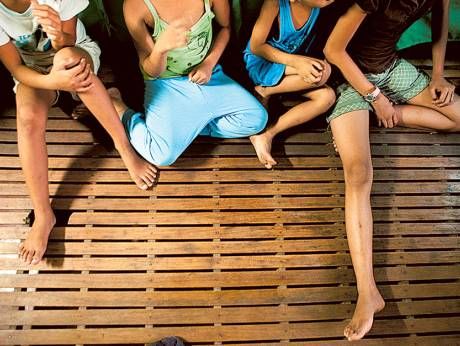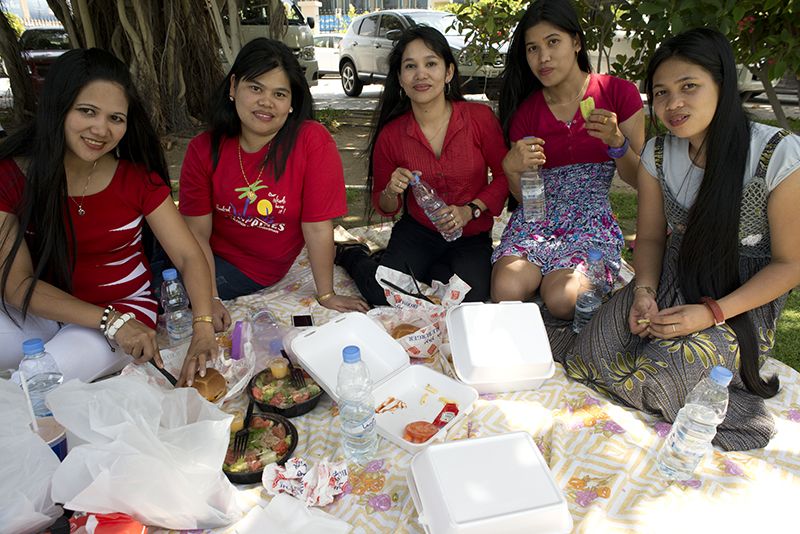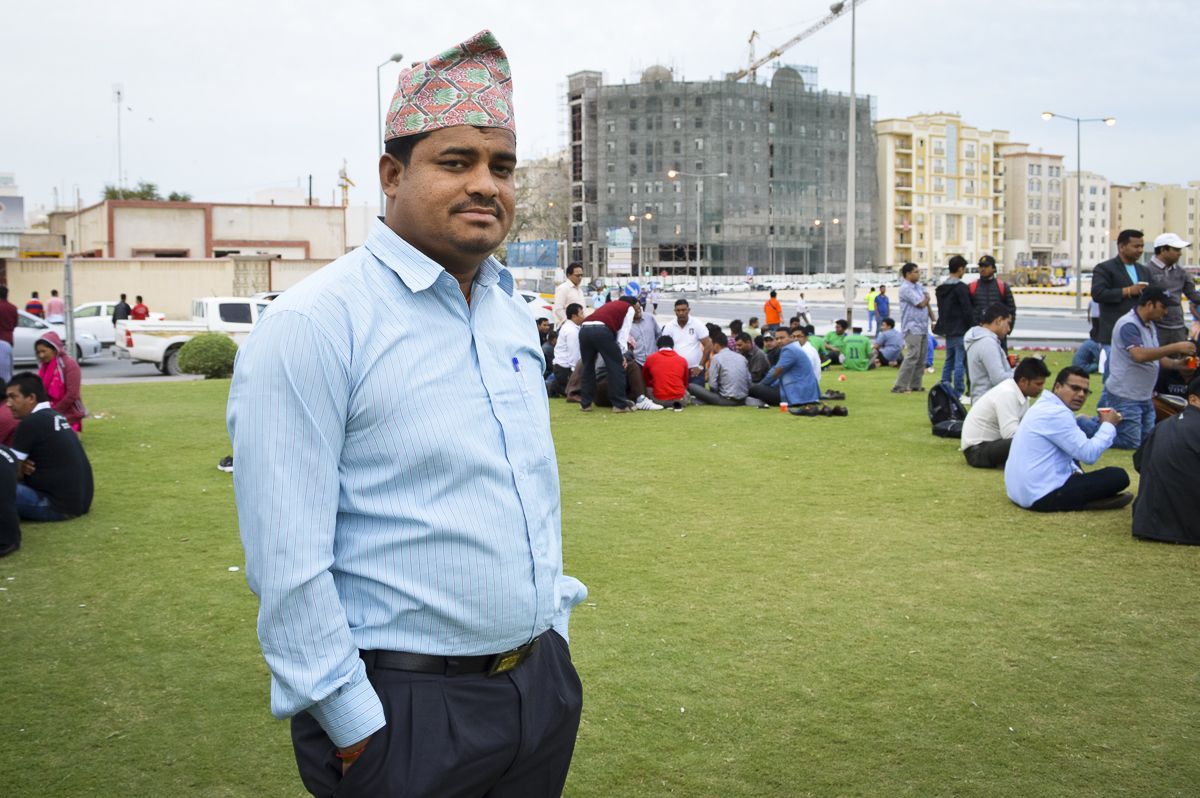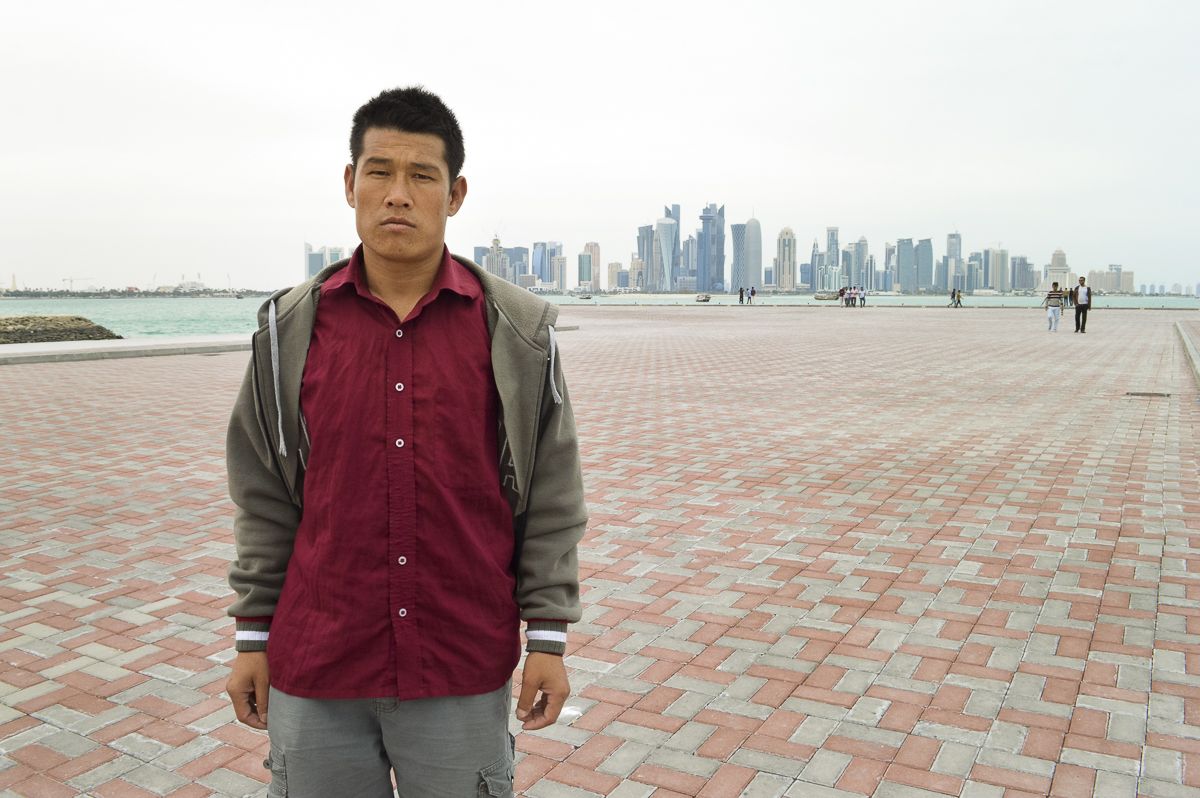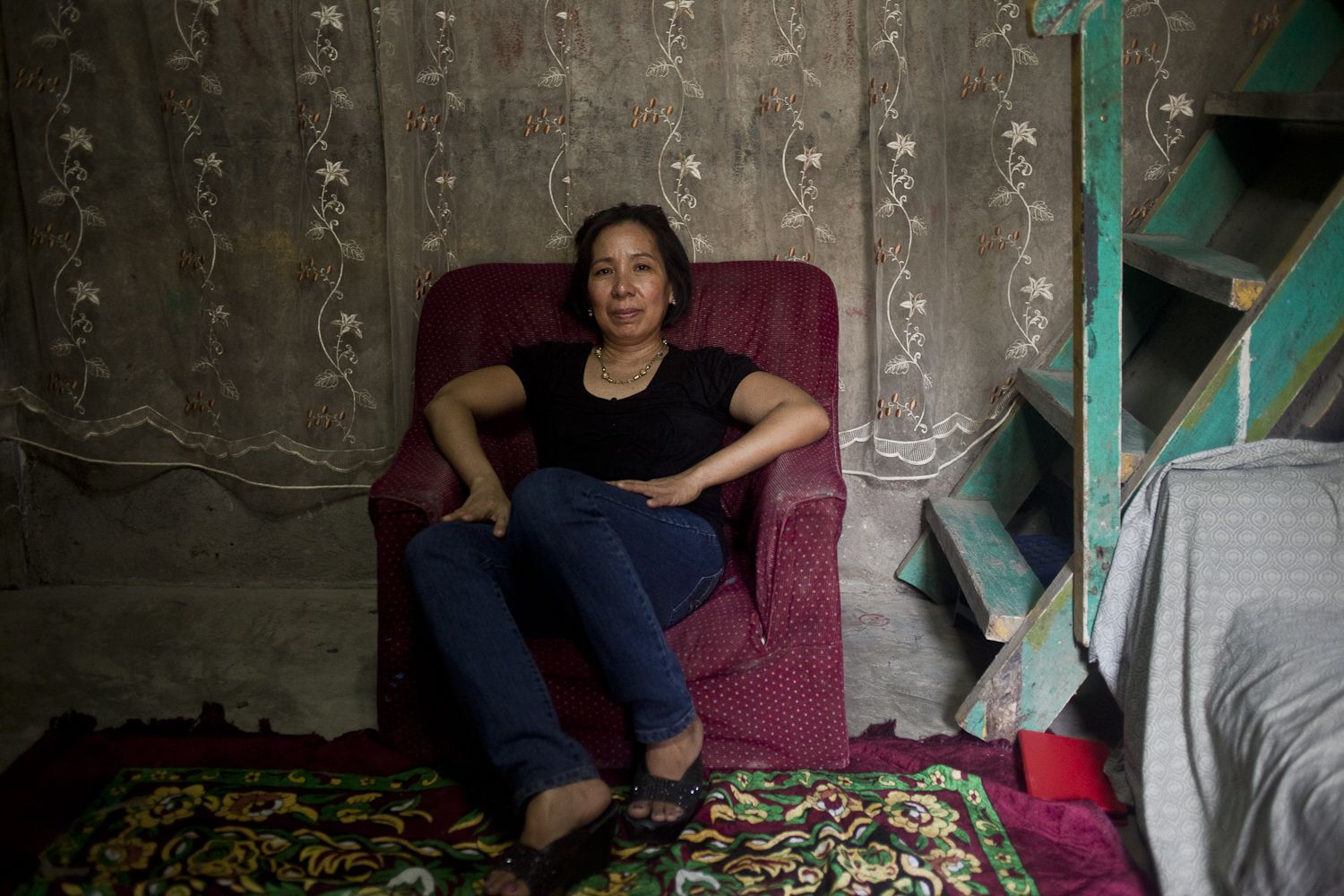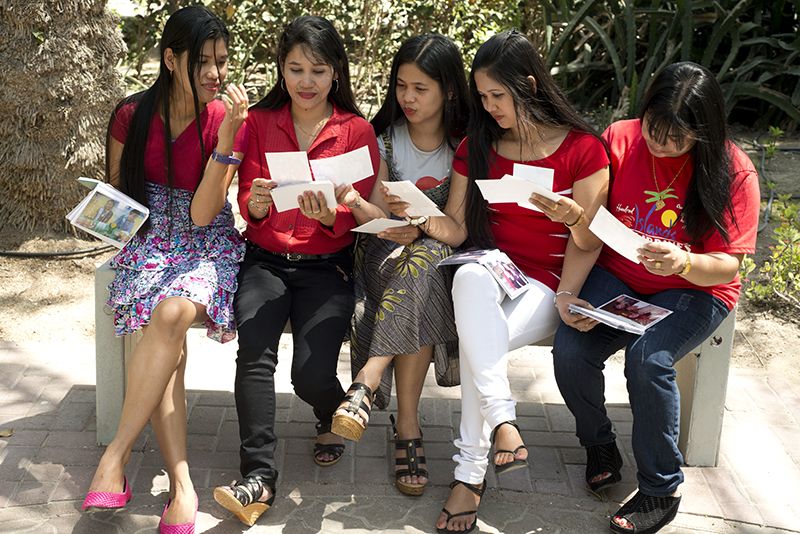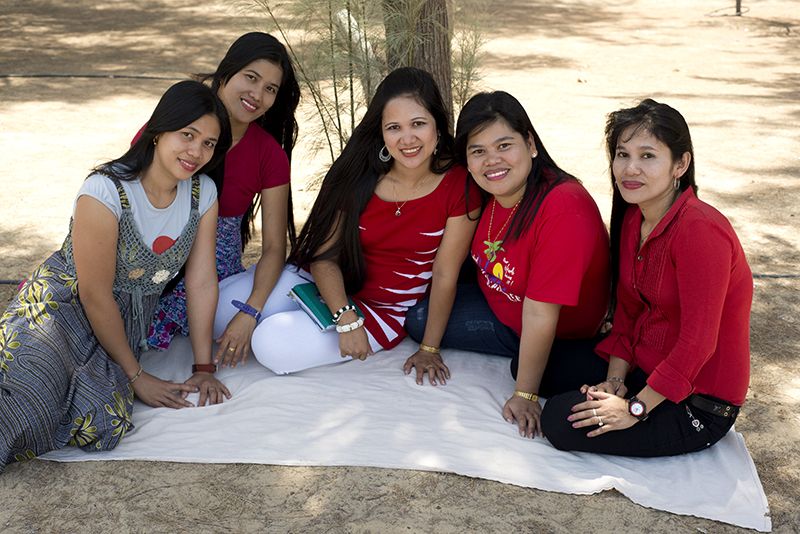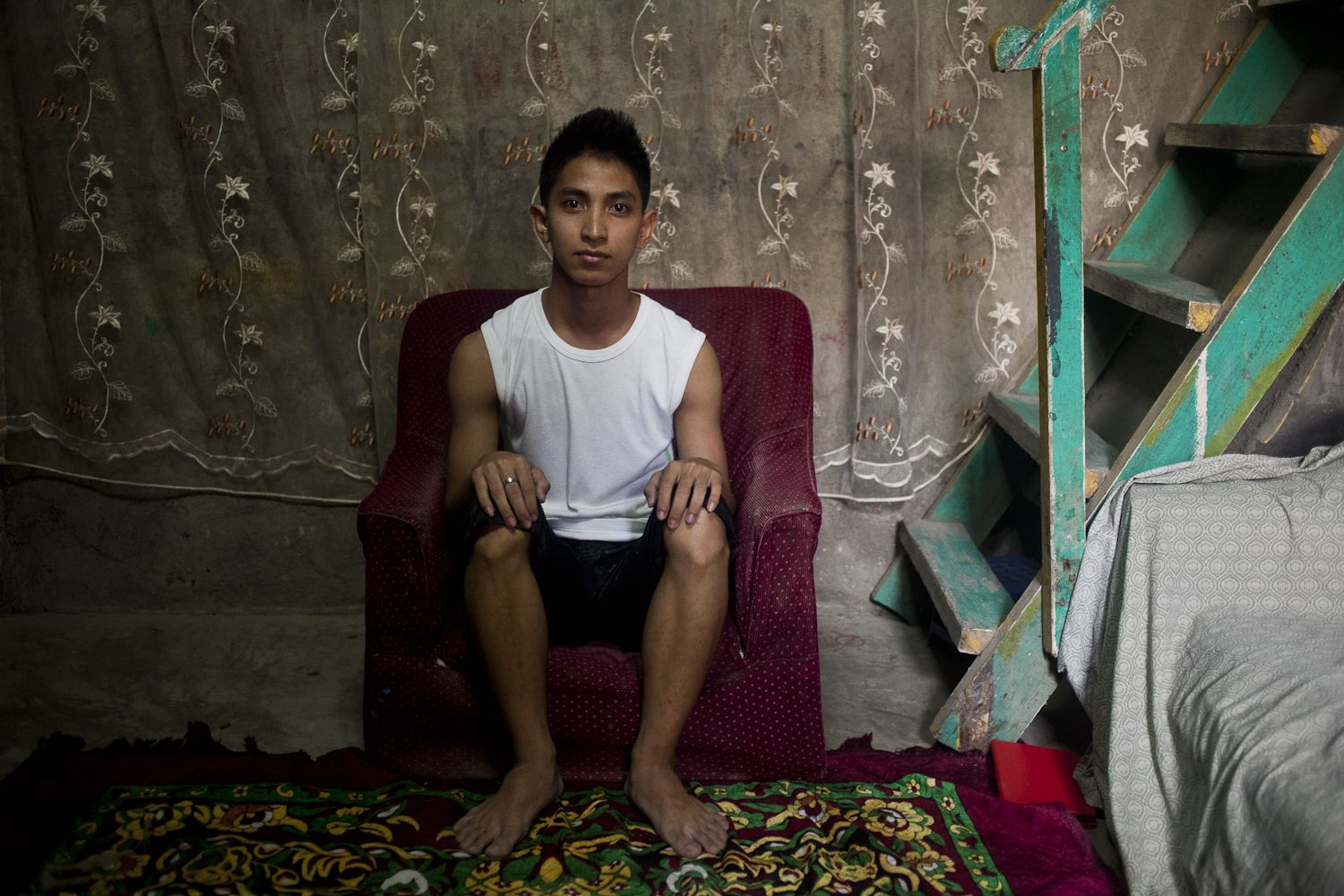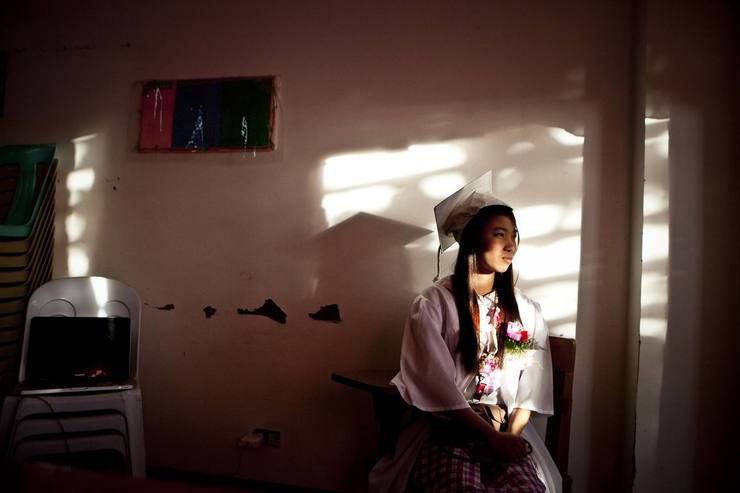First, students should watch the short documentary "For Mama" to get an idea of the types of families that this trend affects and what the focus of the lesson will be. They should also look through the other documents in the resources section to get a better understanding of the different forms that this migrant working phenomenon can take.
Then, Students should look through some of the following studies that show the psychological impact of the trend on families and workers alike:
Correlates of psychological wellbeing of children of migrant workers in Shanghai, China
Psychological distress among Thai migrant workers in Israel
Students should then break into small groups to have a discussion on the different ways in which migrant working can affect the psychological health of workers and their family members. Each group should come up with a plan to try and improve the situation of migrant workers, either through a policy proposal, ideas for an NGO, or some other method.
This lesson covers some of the psychological impacts that affect Migrant Workers and their families. In particular, the lesson uses the journalistic work of Ana P. Santos, who follows the struggles of Filipino migrant workers and their families. Migrant workers travel very far from their homes to find work in other regions/countries in order to help keep their families financially stable. Although they can send money back home to help, these migrant workers are separated from their familes for years, leaving some without mothers or fathers. Educators who are interested in teaching about the trend of migrant workers could find use in this lesson plan. Some adaptations to the lesson plan could include adding resources about migrant working experiences outside of the Phillipines to broaden the scope of this important issue.
